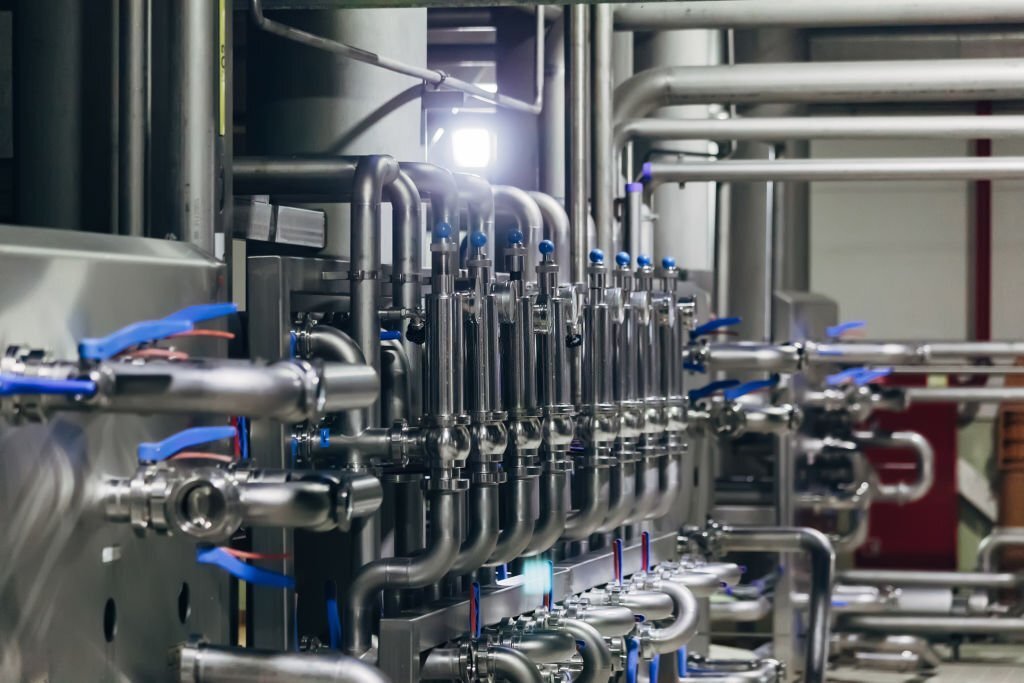Generally, a minimum flow valve is used in mechanical systems that use a centrifugal pump for one reason or the other. Centrifugal pumps have more advantages than disadvantages. These pumps come in handy when you need to pump liquids that have more complex properties than water. The general pumps you have in your home may pump water rather easily, but when the liquid has some complexities, it will struggle. These complexities come either in their thermal habits or their thickness. Sometimes the materials at high temperatures will damage your pump immediately. It does not mean the centrifugal pumps are any different from the regular pump. The centrifugal pump has the same design, but a minor change is the engine has a direct connection to the axis. That way, the axis has more power to pump any fluid regardless of its properties. This feature is what makes centrifugal pumps the common option amongst experts when it comes to complex mechanical structures. The pumps have the design and working process to suit such needs.
Usually, the speed in a Centrifugal Pump is usually constant along the path of a curve. But the changes in the production processes require diversification in the flow of a centrifugal pump. Therefore there is a certain amount of flow in the centrifugal pump that is the lowest level. However, there are situations when the flow may not reach that level. Good examples of such conditions are when the engine is just starting or shutting down and when there is something wrong with the working process of the engine. In this guide, we will explain what minimum flow Conditions mean in a Centrifugal Pump situation and how you can control the minimum flow conditions.
What is The meaning of minimum flow Conditions?
A mechanical pump continually works to ensure that fluid continues to flow in the system. There is a certain amount of fluid flowing in the system at a particular rate. According to the rate of the flow, there is a minimum amount of flow needed in the system for the valve to function properly. When the flow in the system is less than the usual minimum there is a minimum flow condition. That means the flow in the system can cause damage to the pump or lead to inefficiency and high vibrating situations.
Trying to continuously bypass
This is a solution to one of the minimum flow conditions. For this, you will need an orifice instrument and put it in between the pressure area and the discharge area of the device.
Pros
The main advantage of this method is it is easy to do. Simply buy the device and install it.
Cons
Buying the orifice instrument can be a little high in cost. Causing more money.
Trying to control what can bypass
To take on this method, you will need to introduce a control Valve. The function of the control is to give allowance for the minimum flow to occur and pass only when necessary. It may be complex to install and understand the control valve, but when you can it is a viable and reliable solution.
Pros
The main advantage of this process is its reliability and money-saving features.
Cons
It can be complex to install and understand.
Controlling with variable speed


